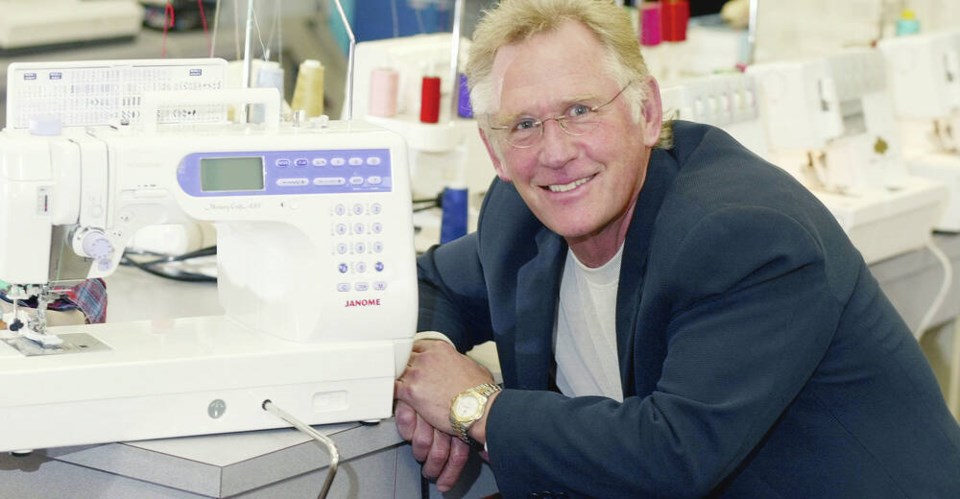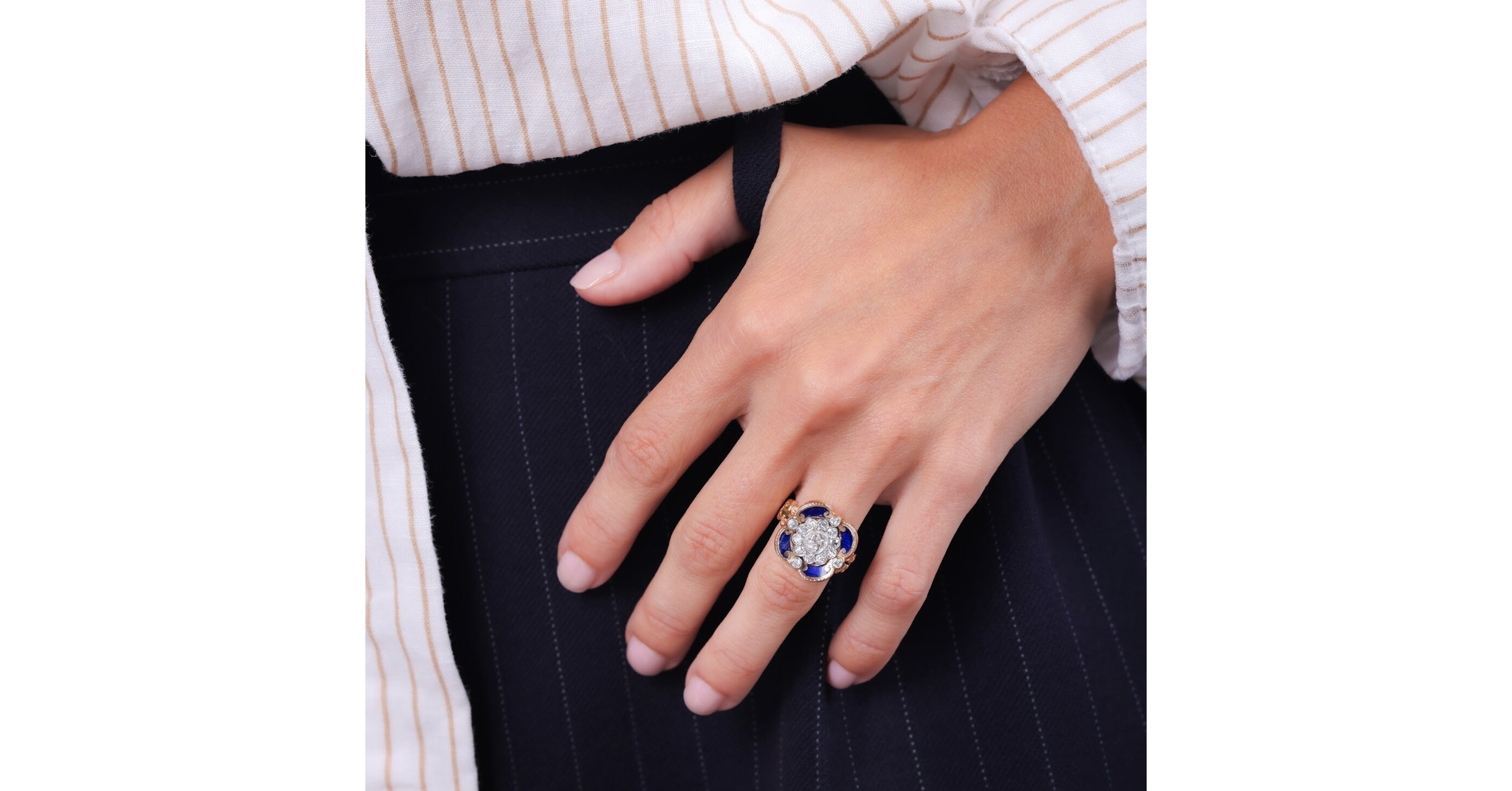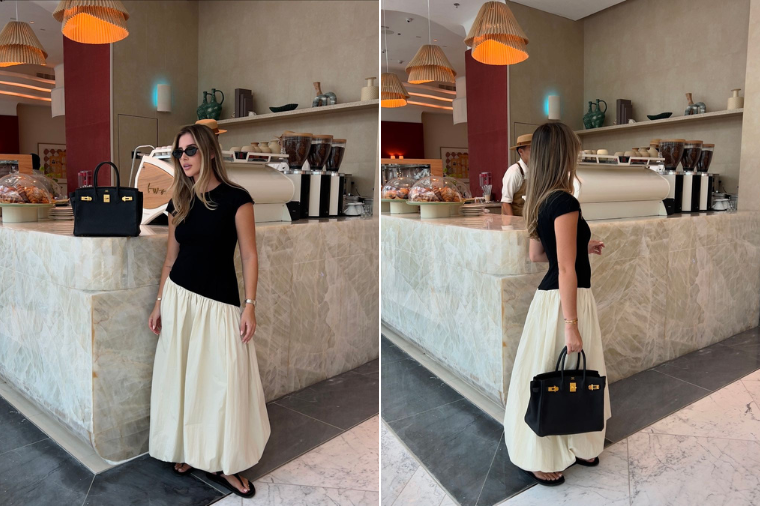LIKE FASHION, RUGBY works in cycles. Things that you thought were well out of style can suddenly become popular again overnight. It happens with plays like the that Ireland have helped to make cool again, but also with teams’ overall attacking frameworks.
Back in 2016, Connacht roared their way to a stunning Pro12 success playing some sensational attacking rugby in a 2-4-2 system. As a quick reminder, the 2-4-2 numbers explain how a team’s eight forwards are grouped across the pitch during phase-play attack. The backs then filter in around this framework, combining with the pods of forwards.
The 2-4-2 framework was popular in New Zealand, having been pioneered by the Crusaders and Canterbury, and many European teams subsequently tried to mimic what Connacht had done under Pat Lam. But soon the game shifted to a huge focus on the 1-3-3-1 system, which became a standard attacking shape in phase play across the world. From that framework, variations popped up.
The brilliant Japan team at the 2019 World Cup, whose attack was coached by Tony Brown, popularised the 1-3-2-2 system that was adopted by many other sides . With 1-3-3-1 and 1-3-2-2 becoming so widespread, it seemed as if the 4-player pod – which we will refer to as the ’4-pod’ from here on – had disappeared altogether at the top of the game. We had become hugely accustomed to seeing 3-player pods in nearly every team’s attacking play to the extent that things had become somewhat predictable.
But the past ye.


















